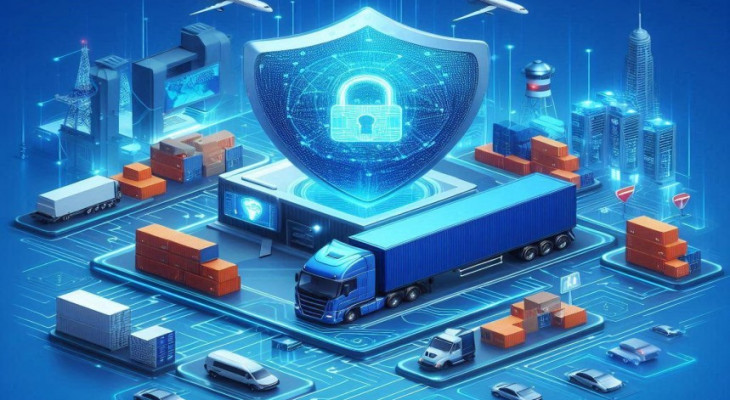Cybersecurity is the practice of protecting digital systems, networks, devices, and data from unauthorized access, theft, damage, or disruption. It involves a coordinated effort between people, processes, and technology to ensure the confidentiality, integrity, and availability of information. In essence, cybersecurity seeks to prevent cyberattacks—ranging from malware and ransomware to phishing and hacking—so that our increasingly digital world remains secure and resilient. Cybersecurity in logistics primarily aims to safeguard the digital backbone of supply chain operations.

OBJECTIVES OF CYBERSECURITY IN LOGISTICS.
1. Protection of Data Confidentiality.
a. Safeguarding Sensitive Information: Ensuring that proprietary, customer, and operational data remain private.
b. Access Control: Implementing strict access policies to prevent unauthorized disclosure.
2. Maintaining Data Integrity.
a. Accuracy and Reliability: Ensuring that data is not altered maliciously or accidentally, which is crucial for accurate decision-making.
b. Trustworthiness: Guaranteeing that the information used in logistics operations is reliable and uncorrupted.

3. Ensuring Availability of Systems.
a. Operational Continuity: Keeping systems up and running to avoid disruptions in the supply chain.
b. Resilience: Implementing robust systems that can withstand and recover from cyber-attacks or system failures.

4. Mitigation of Cyber Threats.
a. Threat Detection and Response: Identifying potential cyber risks in real time and responding swiftly to incidents.
b. Risk Management: Continuously assessing vulnerabilities and implementing strategies to reduce risk.
5. Compliance and Regulatory Adherence.
a. Legal Requirements: Meeting industry and governmental standards to avoid legal issues and penalties.
b. Standardization: Adopting best practices and frameworks to maintain a secure and resilient operational environment.

6. Securing the Extended Supply Chain.
a. Third-Party Risk Management: Ensuring that partners, vendors, and connected systems comply with security protocols.

b. Interconnected Systems: Protecting the various digital interfaces that connect different parts of the logistics network, from transportation management systems to IoT devices used in tracking and monitoring.
Conclusion.
Overall, the aims of cybersecurity in logistics are to protect critical assets, ensure smooth and continuous operations, and maintain the trust and safety of all stakeholders involved in the supply chain. By focusing on confidentiality, integrity, availability, threat mitigation, regulatory compliance, and comprehensive supply chain security, organizations can better guard against cyber threats and enhance operational resilience.